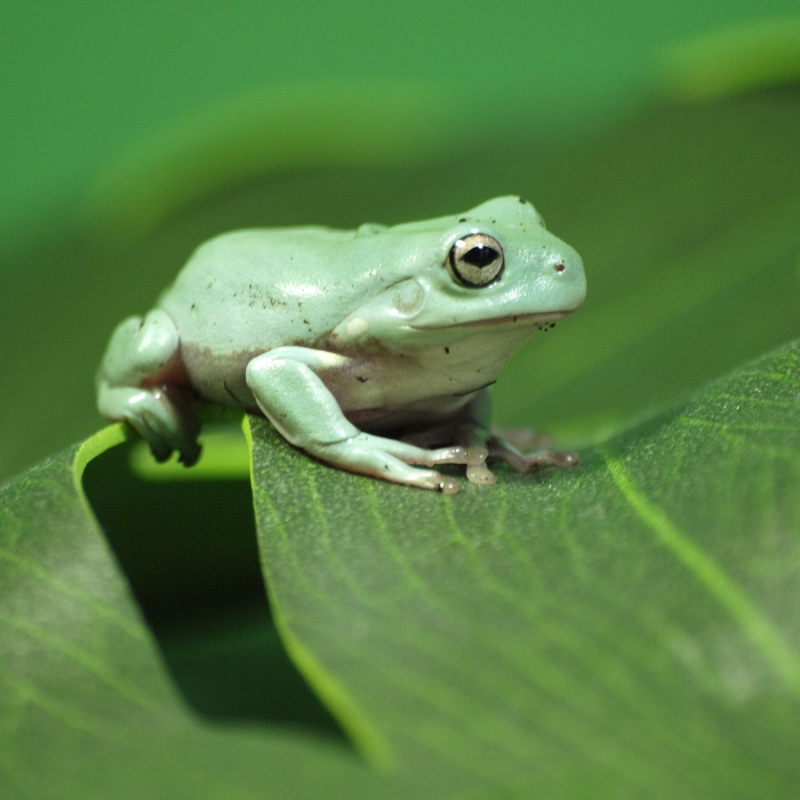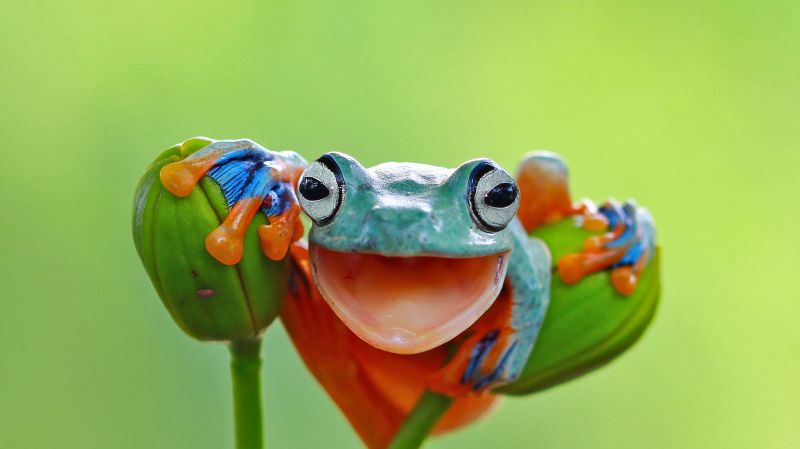Tree Frogs
Any species of frog that lives the majority of its life in trees is referred to as a tree frog. This is referred to as an arboreal state. Treefrogs are a product of several lineages of frogs within the Neobatrachia, albeit these lineages are not closely related to one another. Even among species that are not closely related, millions of years of convergent evolution have produced morphologies that are strikingly similar.
These frogs are generally found in trees or other high-growing vegetation, as their name suggests. Except for mating and spawning, they don't typically drop to the ground; nevertheless, some species construct foam nests on leaves and hardly ever leave the trees as adults. Because their weight must be supported by the branches and twigs in their environments, tree frogs are often very small. They are normally smaller and more slender than terrestrial frogs, though some can grow up to 10 cm (4 in) or more. The fingers and toes of tree frogs often have well-developed discs at the tips; the limbs themselves typically have a tendency to be fairly tiny, resulting in a stronger grabbing capacity. Frogs can jump up to seven feet high because of their elastic muscles.
Jumping Ability: Up to 7 ft high






